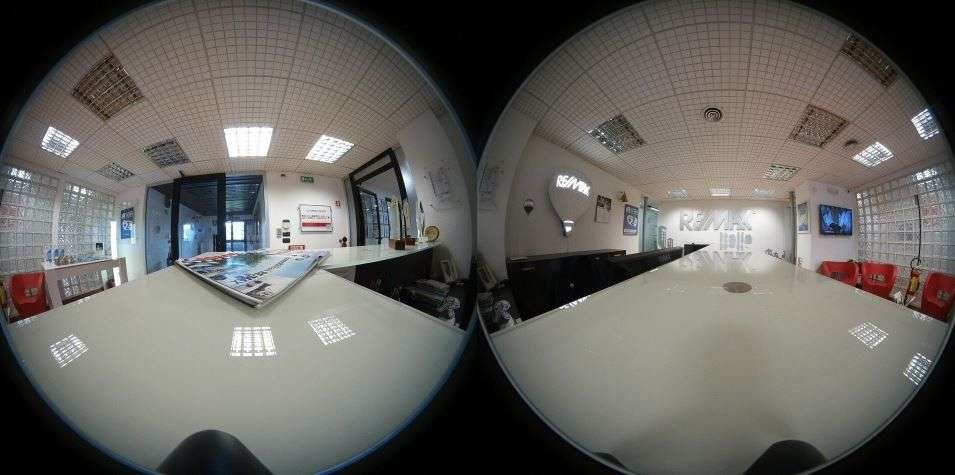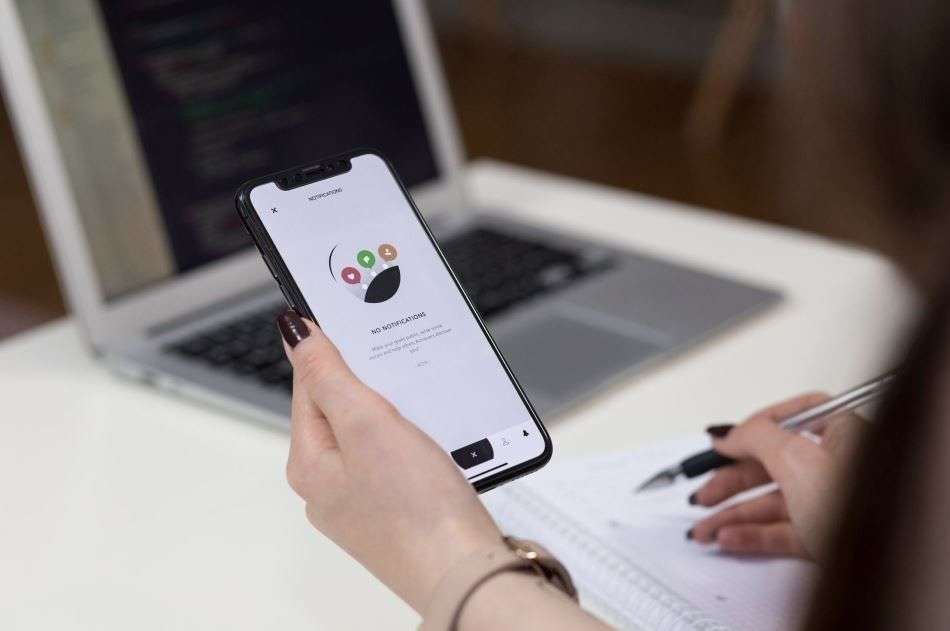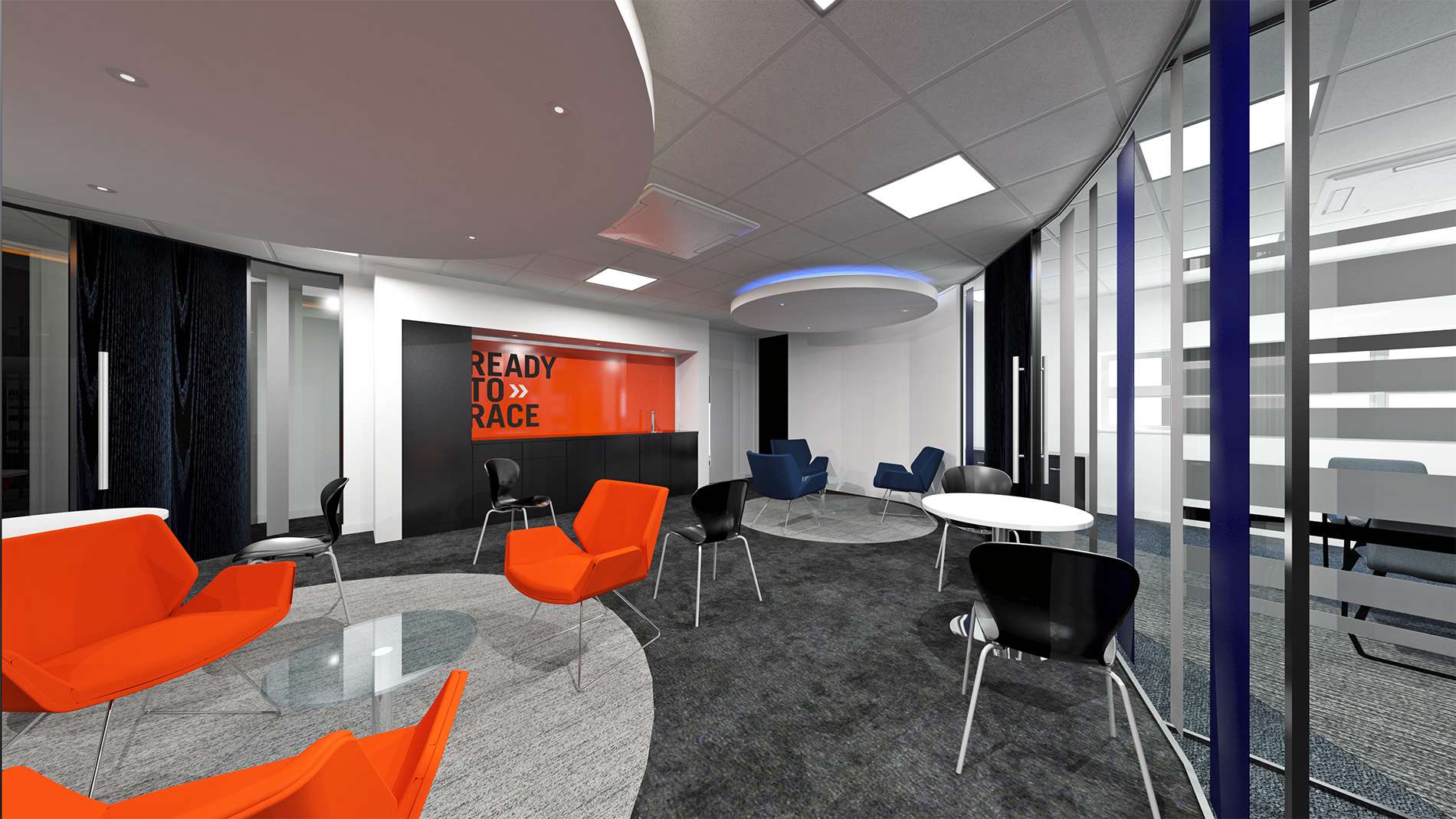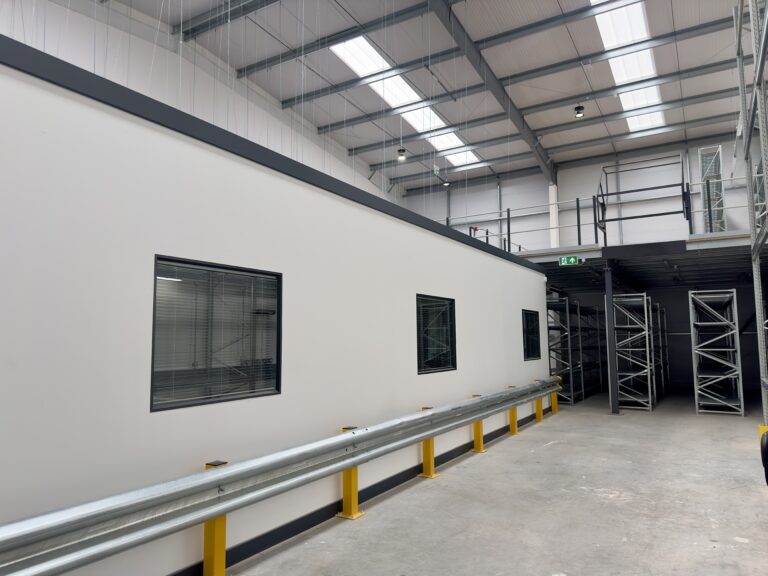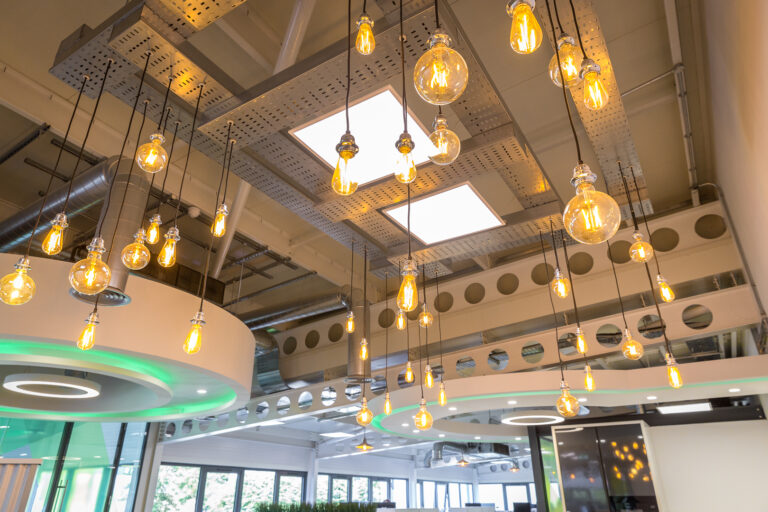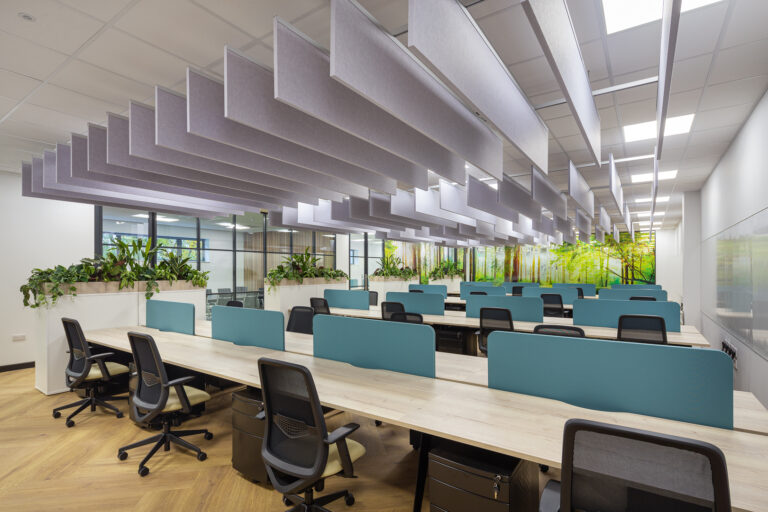Technologies impact on office design and presentation
Currently we are seeing the beginning of the transformation from traditional offices to smart offices. This means that we are being introduced to increasingly advanced software that enables our businesses to dramatically increase productivity and quality. Within the design industry, an example of this would be the latest 3D rendering software such as Autodesk 3ds Max or Revit (BIM), which both support full 4k renders, something we currently produce for our clients KTM & Husqvarna would be an example; this technology allows both us and the client to visualise the entire design before the fit-out even begins.
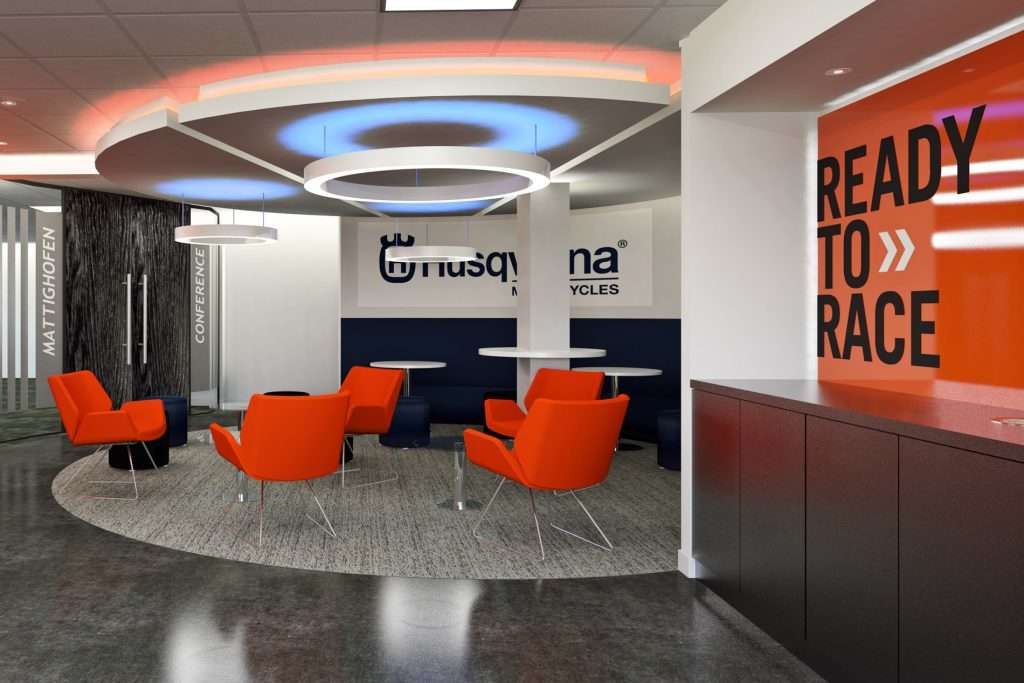
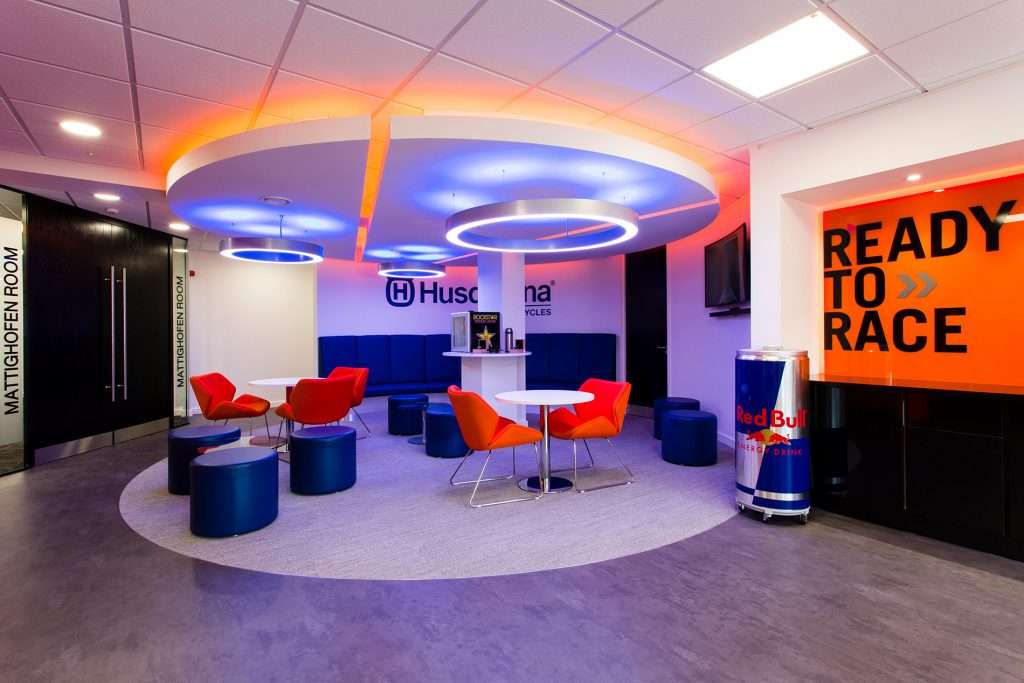
Virtual Reality
To further express the design and presentation process, 3D rendering software can be taken to new levels with applications such as Autodesk VRED, a visualization, analytical, and presentation tool. Allowing the user to import 3D CAD data such as an Autodesk Architecture or 3ds Max file to optimize the geometry, assign VRED Truelight materials, add cameras and lights, and then create high end rendered images in both the OpenGL and Raytracing render modes. This data can be accessed by multiple users in one VR scene all in real time from both desktop and mobile devices.
Despite the impressiveness of this software, this is only the beginning of what’s to come in the smart office world. According to a global smart office market report , Global smart office market size was valued at US$ 18.96 Bn in 2017 and is expected to reach US$ 51.12 Bn by 2026! This definitely confirms the growing trend of technology in the workplace and isn’t that much of a surprise when we start to compare the advancements being made in our home lives and our work lives. Numerous people, especially millennials, are going to expect the technological advancements in the workplace to match the voice recognition, face recognition and voice commanding services we are introduced to at home. This makes it easy for us to imagine things like voice activated communication with clients.
Technology shaping the office for the end user
A personal touch
Not only does advancements in technology enable us to have an more accessible work life, it also enables us to personalise elements of the environment. For example, we can adapt and develop the feature lighting that fits our offices or creates the desired mood or atmosphere, and we are able to schedule the temperature with heating and cooling systems from control panels either office based or from our mobile phones to even voice commands to virtual assistants such as Amazon’s Alexa.
Being able to alter these elements massively boosts the productivity of your workforce… if you get it right. Choosing the right lighting can either make or break your employees motivation, too bright and its an uncomfortable setting and too dim makes it difficult to focus on a task. This links to the importance of employee well-being and how much of an impact employee satisfaction can have on the efficiency, productivity and development of your business.
Mobile & Agile working
In today’s culture of technology, most people have a mobile phone on them at most hours of the day, consequently it has blended into our work lives and become a useful, smaller scale version of our computers where we can make all the emails, messages, reminders and calls to our customers and employees that we need. Online Booking Systems will soon if not are already a common feature to our lifestyles, helping both client and business to eliminate wasted time and vastly improve organisation. Mobile working has proved very popular, as it also eliminates a vast amount of paperwork for employees who are now able to store all data and paperwork in their phones (something especially popular among the latest generation of workers who have grown up surrounded by technology) Finally, mobile working gives you everything that you need to work at your fingertips.
This style of working fits perfectly alongside the trend of agile working and agile working conditions. Flexible working spaces are becoming increasingly popular as people realise that working conditions don’t have to be so regimented as they have been traditionally. Therefore as the latest generation prefer to start and end working at whatever times suit them, whether that is a brainstorming meeting at 3am or working into the late hours of the night, mobile working can accommodate this perfectly.


